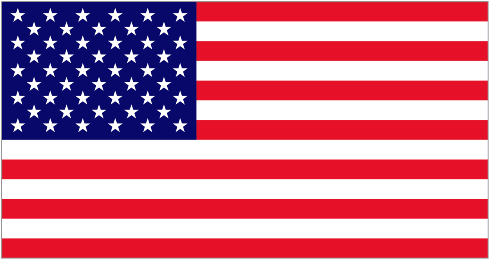Ensuring that you mark chords correctly is very important when playing any string instrument. At first, it will take some time to get accustomed with this but with practice, you will have no trouble marking chords. Pressing the correct strings at the right time and at the right pace will take some time, so make sure that you get enough practice for this.
Firstly, view this video where we will show you what happens when a finger is placed in an incorrect position, whilst the others are also incorrectly placed.
Now view this video, where we will show the difference between a properly marked chord and that of a chord outside of its position. The chords which we will make use of are D, A7, E, G.
Carefully read this!
“It is very important to mark each and every finger when playing a chord because when marking the strings in the proper position without disturbing the other strings gives us a clean sound.
If we mark outside of the corresponding position, in this case, A7, this would mean that I am marking the chord outside of the fret, and it sounds like this.
Or for instance in the same chord, if I were to mark the sting with too much of an incline then it would disturb the other strings played in the same chord. This way, the chord would not play.
You have to make sure that all fingers mark their notes. Another way of verifying this is to play each string individually. This way you will make sure that each note is sounding clear. If you are able to produce each one of these sounds, then your fingers are marking the strings properly. If you, however, produce this sound:
Then you will know that this sound and this sound are because the fingers are not marking the strings correctly. You would need to press the middle finger stronger as well as the index finger so that the sound is played.
There are certain chords that are difficult such as the D minor and G minor that can take a considerable amount of time to learn how to play. Especially with the G minor, if you mark the chords using your pinky, index finger and middle finger, you will notice that at first, it is fairly difficult to reach the necessary fret. This would then sound like this:
This is because, this finger is playing the string correctly, but here we already have a problem of liberating the 2nd string because the first finger is much to incline. This finger should also be marking the chord firmly because if it is outside of the fret then it will no longer produce sound.
Finally, the pinky should comfortably reach the 3rd fret on the 4th string. A way to practice this is to mark the chord, and then remove the chord, marking and taking the fingers off the chord in a repetitive way.”
As you can see, when marking the chords in an incorrect spot can compromise the entire song produced by your instrument.


